The Traditional Food of Rome, Italy! A Taste of Roma!
Being in Rome this weekend is simply hard for me to believe. The “Eternal City” is simply so overwhelming in every way! It’s impossible to see even a small amount of the treasures that this city holds, especially when “all roads lead to Rome”! And here to share with you is a bit of information if you are seeking to know about The Traditional Food of Rome, Italy! A Taste of Roma

One is breathless and speechless viewing this incredible masterpiece from 100’s of years ago painted by Michaelangelo. Words simply cannot describe it or the experience of viewing it!
“When in Rome, do as the Romans” is a well-known saying, and when it comes to THE FOOD of Rome, I’ll be delighted to quench my hunger and experience her traditional mouth-watering cuisine. Although the essence of authentic Roman food is not elaborate, it is definitely satisfying and generous in flavor and character. The farmlands surrounding Rome in the region of Lazio are some of Italy’s finest with extremely fertile soil that produces superb vegetables which contribute to the simplicity of Rome’s cuisine. With such flavorful ingredients the guiding principle is to keep things as simple as possible to prevent anything from being overpowered. As with my family, we have have always followed this wisdom of doing less to a recipe to allow the high quality of the ingredients shine through.
“La Cucina Romana”, Roman food is based on its ancient past and based on a heavier use of inexpensive cuts of meats of veal and lamb, fresh vegetables (especially artichokes), deep-fried methods, and the use of Lazio’s famous sharp-flavored sheep’s milk cheese, Pecorino Romano. Where rice prevails more in Northern Italy, pasta rules in Rome. Although pasta is a staple for all Italians, in Rome pasta served with less focus on red sauces and more so on with sauces of butter, olive oil, and cheese! The pasta sauces that are used demonstrate the simplicity of Roman cuisine.
Bucatini all’Amatriciana
A classic, zesty Roman pasta dish with pasta noodles that are long, tubes of pasta with a holes, dressed in a zesty sauce of tomatoes, pancetta or guanciale, olive oil and spicy peperoncino (dried red pepper flakes).
Buccatini all’Arrabbiata (‘angry’)
A similar pasta dish, but spicier, with the addition of garlic and hot pepper for some extra fire and punch in the sauce!
Spaghetti alla Carbonara (Charcoal Burner’s spaghetti
A favorite of my family’s, this pasta dish is a specialty that has been been prepared for generations in Rome. There is debate about the origin of this famous dish between those in Umbria and Lazio. Wherever it was created, it is a pasta in a rich, mouthwatering sauce of perfectly balanced flavors from butter, eggs, Parmigiano and Pecorino Romano cheeses, pancetta/guanciale (pork cheeks), and black pepper. When my family came to the States, they were first coal miners in the Midwest, so this recipe is special to us because some say the name derives from ‘carbone’ (coal) and was favored by Italian coal miners. Then there is a second opinion on the name that ascribes it to the freshly cracked black pepper added in the sauce.
Spaghetti Aglio e Olio (Spaghetti with Garlic and Olive Oil)
This pasta class is simple ‘cucina povera’ at best and served in most Italian trattorias. This is a ‘pasta in bianca’, in other words it is not a pasta served in a red tomato sauce, but rather a ‘white sauce’ of butter, olive oil, and/or cream, without the inclusion of red tomatoes. With garlic as the star of the dish, often a fiery bite of hot peppers or flakes is added which then becomes Aglio Olio e Peperoncino. Don’t worry, the cloves of garlic are discarded and what is left for you to enjoy and savor is a fragrant, garlic-infused pasta dish. Delightful! For those who prefer their food less peppery, the hot peppers can be left out and instead have more fresh Italian parsley incorporated for a lovely addition.
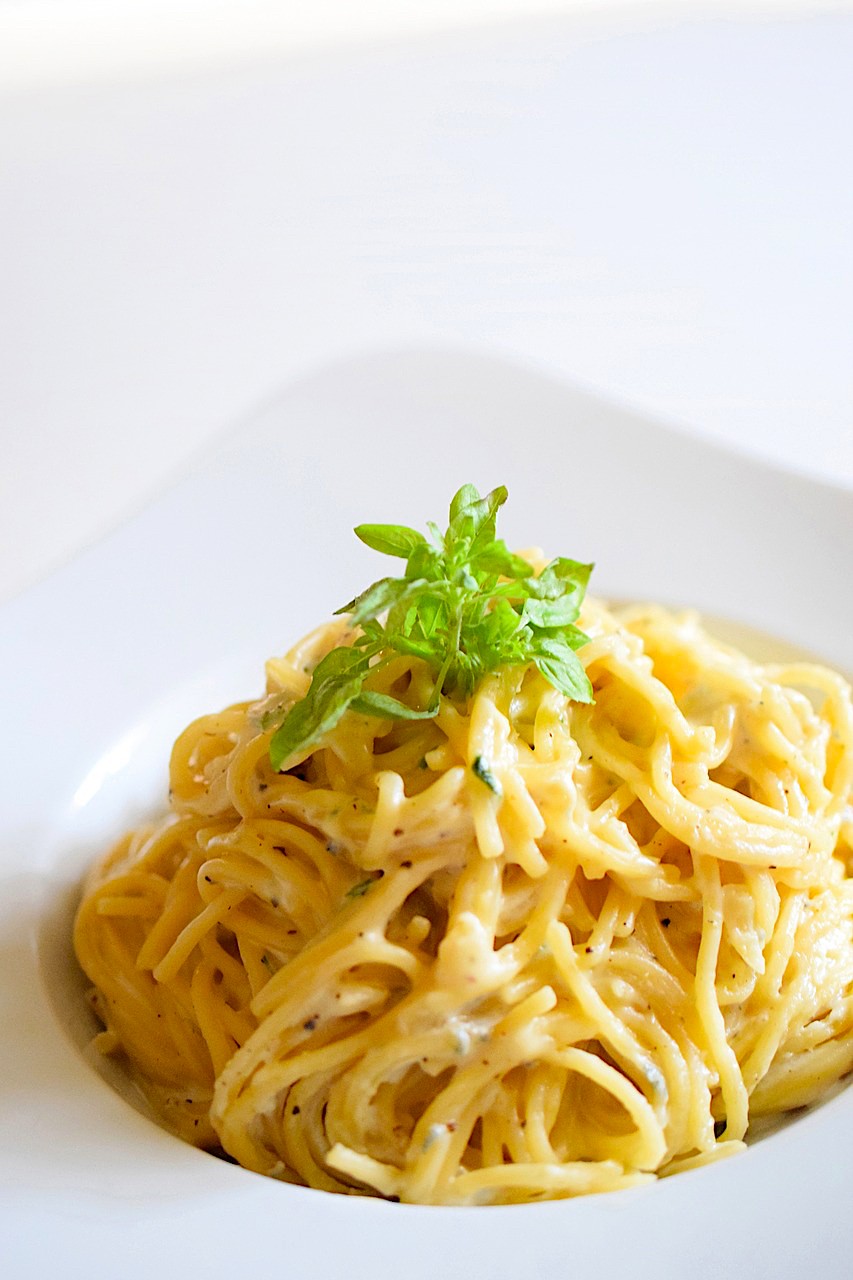
Spaghetti Cacio e Pepe (Spaghetti with Cheese and Pepper)
One of the most commonplace and simple pasta sauces of Rome with the sharp flavor of Pecorino Romano cheese and lots of peppers with a bite is the theme of this pasta dish. Perhaps a drizzle of olive oil and some Parmigiana to mellow out the Pecorino may be added before tossing it with vigor to prevent the cheese from clumping. This is the simplest of ‘Rome in a bowl’.
Fettuccine Alfredo
Ah, one of true favorite Italian dishes originated in Rome from Chef Alfredo di Lelio. This decadent, supremely rich cheesy pasta dish consists of long, flat fettuccine noodles in a sauce of heavy cream, good quality butter, and Parmigiana-Regiano cheese. In the States, this is what we often call the pasta dish that is a ‘heart attack on a plate’! But we can enjoy it in moderation can’t we? Will it hurt to have a few bites of this heavenly pasta just once a year? I have also added sweet spring peas and prosciutto to make a different version that is literally over-the-top!
Veal Saltimbocca alla Romana (“hops into your mouth”)
Topping my list of non-pasta favorites is this celebrated, delicious and savory dish made from thin slices of veal medallions or cutlets that are quickly cooked in a wine sauce and topped with cheese, prosciutto and sage. Butter and capers are often added for extra richness. This is absolutely, one of my all-time favorite Italian recipes!Stracciatella
When it comes to soup this is a popular Roman egg-drop version, but is also popular in other regions of Italy too. This soup is made of beaten eggs, semolina flour, nutmeg, grated Parmigiana cheese, salt and pepper in a broth.
Pasta di Ceci
For a thick, fragrant Roman soup of peasant origins this comfort dish is made with chickpeas (that have been soaked in water overnight) and pasta and seasoned with rosemary. This hearty soup could be considered to be a meal in itself and is often served on Fridays because of the Catholic tradition to eat meat-less meals on Fridays. Although you can find this soup throughout Italy, the Roman version has some slight differences. The most notable is that Romans add anchovies to the soup which adds a little more of a saltiness to the soup and truly livens it up! This soup can be prepared with any pasta shape imaginable, so I encourage you to make it with your favorite pasta or whatever you have in your pantry.
Fiori di Zucca Fritti (Fried Zucchini Blossoms)
My family has enjoyed the arrival of squash blossoms from our gardens since I can remember! This classic is made from the yellow flower blossoms from zucchini or other squash plants and are deep fried with or without a filling of mozzarella cheese and anchovies. My stuffed version also includes prosciutto! Just wonderful! My family has been making these delicious appetizers or antipasto for as long as my memory recalls.
Gnocchi alla Romana
The Roman method of making gnocchi is unique in that they are made from semolina wheat flour instead of the traditional potato flour. The dumplings are roasted in butter flavored with garlic and herbs and served with a cheesy-meat sauce. Interestingly, it is also a Roman tradition to serve gnocchi on Thursdays.
Pecorino Romano
The classic hard cheese with a nice ‘bite’ to it comes from Lazio that is produced from sheep’s milk. Pecorino possesses quite a salty-tasting cheese making it an excellent choice to serve grated, especially over sauces that have a stronger flavor.

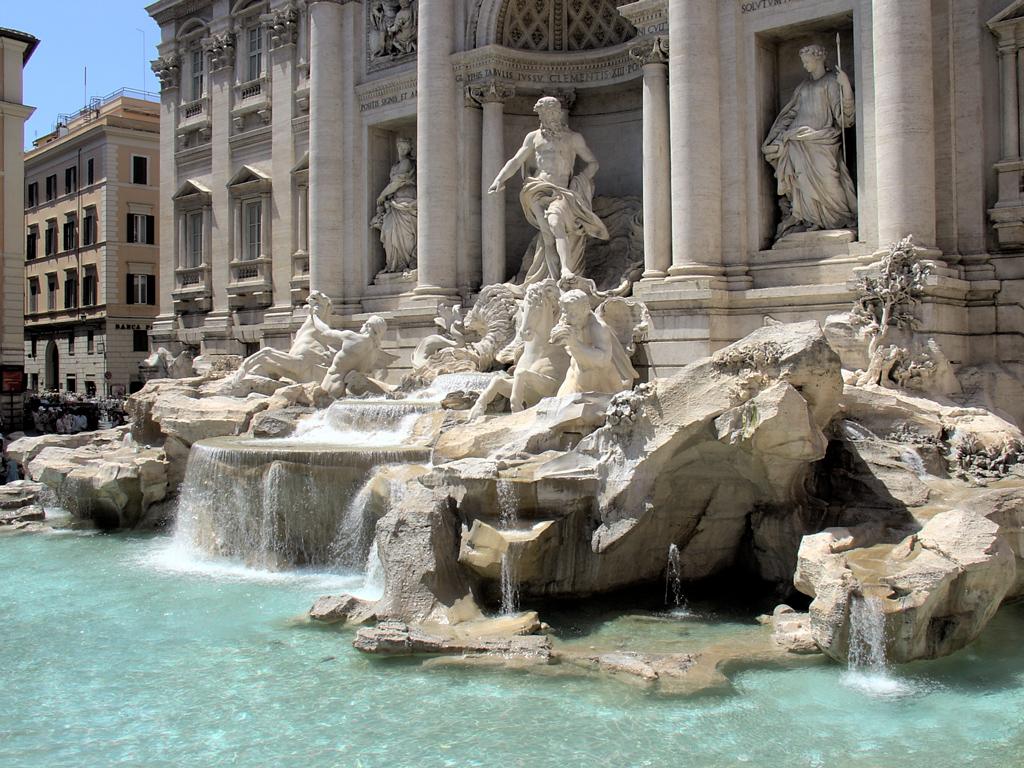
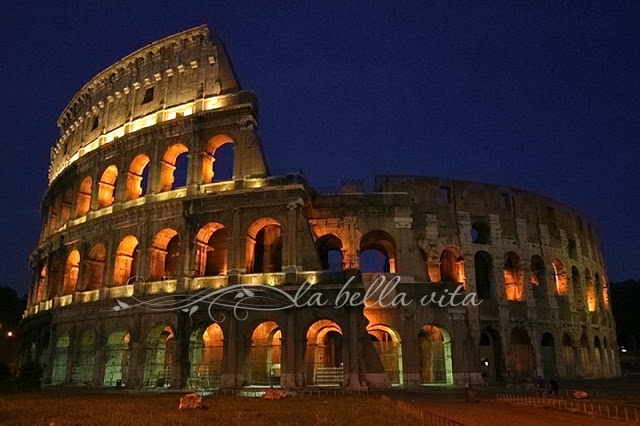
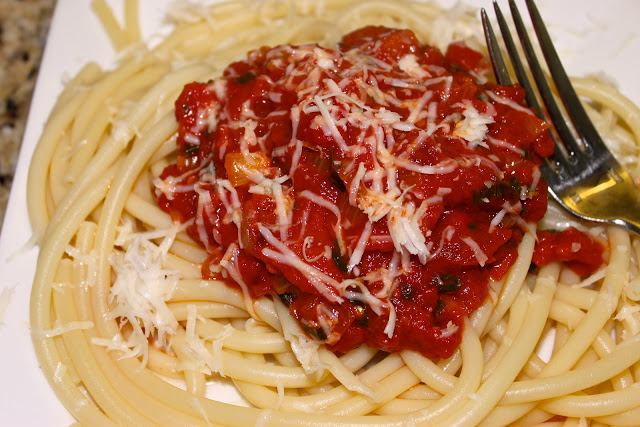
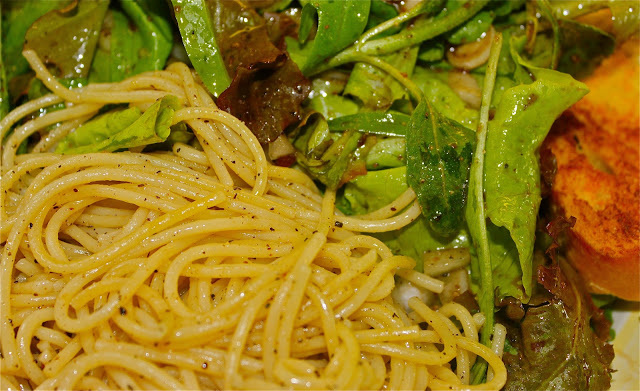
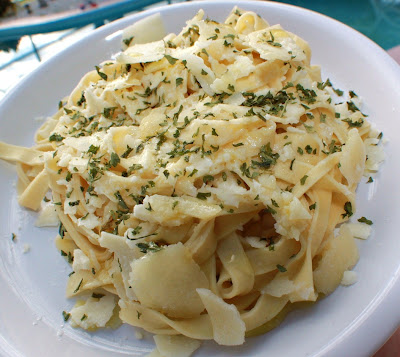
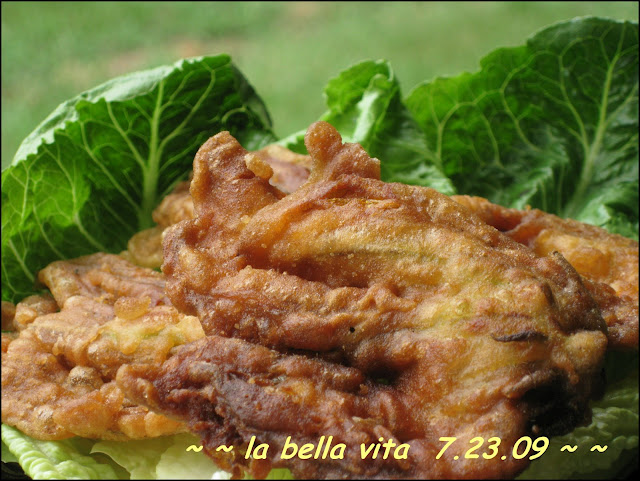
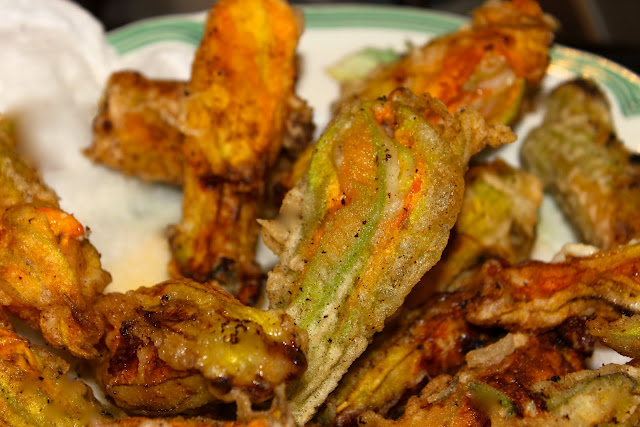

I am so happy I found your blog and I absolutely love your information about Italian food and it is wonderful to know about so many things that are useful for all of us! Thanks a lot for this amazing blog!!
I think you’ve almost listed all my favourite Roman food there!! It’s crazy how many pasta style Italian can cooked. To be honest I didn’t know it was so technical: each pasta has it own preparation style, I mean cooking time, seasoning, etc… nothing is left to chance! I need this now… Nice food review though
Living in Rome, we learned quickly that the best food was Roman. The best place to eat was a trattoria or Osteria NOT a restaurant. Be very polite to everyone. Order the house wine.
Wow, that food looks absolutely delicious! I love hoe close the pictures are to the food- you can see the texture and everything! This really makes me want to start looking around for an Italian restaurant nearby. Some fresh spaghetti sounds really good right now!
Hi Delores! You are SOOOOO Sweet! And it’s my pleasure to have you on board this little ol’ blog of mine. Most people say that they like photos zoomed ‘out’, but like you, I prefer more closeups to actually see what’s going on in a recipe! You’re the smart one Delores and I’m so pleased that this post has made you smile!
Roz
First of all I want to apologize for not knowing my comment on your posting my Fettuccine never took. I had no idea until I came back to visit your fabulous blog and was scrolling through. I feel horrible as it was never intentional. Somehow after writing and omg so long ago now, it didn’t go through. Again, my apologies and embarrassment. Shame on me for not noticing sooner.
I hope this note finds you well, I am honored by all honored as I knew when you first posted this and were gracious enough to ask my permission to post that I had been chosen among some of these fabulous contributors. I hope you can forgive me for my lack of respect as I seen this in astonishment. My sincere gratitude and thanks for your generosity and my deepest appreciation for your continued friendship through the years. Bless you and yours … hugs xo Claudia
Hi Claudia,
No apologies needed whatsoever! We’re all so very busy and it’s easy not to get back to each other! Thank you again for allowing the ‘borrowing use’ of your beautiful photo (I did give correct credit and link to you). 🙂
Love you no matter what!
Roz
I am so enjoying reading of all the wonderful dishes of Italy. As always, your photography is extraordinary. Thank you for your beautiful blog, a constant source of enjoyment and inspiration and a visual feast as well.
Maureen
maureenmakesit.com
You are so kind Maureen, and I am thrilled that you’re enjoying the posts from Italy! I love your blog too!
This is very beautiful the site looks amazing and i would be more than delited to visit the lovely place
Thank you for your comment; yes, I agree that you would be delighted indeed!
Oh, you’ve now made me totally hungry…and yearning to return to Rome. Bill has plans for 2025 so we can walk through a certain door in St. Peter’s and get all our sins forgiven. A good reason, no?
I like Bill’s idea, wouldn’t that be wonderful if his plans are true?
Wonderful! You have well described the Roman cuisine with its exquisite food.
I hope you tried carbonara and cacio e pepe…
Ciao, a presto.
Oh yes, Vittoria! I enjoyed the famous carbonara, but did not find cacao e pepe. This means that I must return to the Eternal City!!!
Ciao amica!
What beautiful pictures! I love the way you write all these amazing classic Roman recipes. This post reminds me that I must cook Saltimbocca alla Romana very soon. I had almost forgotten how much I like this dish. Thank you for sharing your travel’s adventures in Italy, I hope you enjoyed your time in Rome my beloved hometown!!! Ciao
Rita, WOW, Rome is your hometown? It must have been incredible growing up surrounded by so much cultural bounty and beauty!!!!
if there i one ting I want to make most in this world and haven’t yet is the stuffed zucchini blossoms. they just sound and look so good. sounds like your having a great time. Hope you are! We miss ya here
Hi Jessica, someday you do have to try fried zucchini blossoms, either stuffed or not stuffed. They truly are a treat! I missed YOU too!
Breathtakingly beautiful!
It truly is Angie!
Beautiful photos, Roz!! Enjoy your time there, anne
Thanks Anne, and an enjoyable time was had by all!
YUM! I can’t wait to enjoy some of these dishes when we’re in Rome for three weeks over Christmas!
One of my favourites is Cacio e Pepe – amazing what can be done with such simple ingredients. I recall a wine bar my friend and I went to in Testaccio which served their cacio e pepe in a edible bowl made of parmigiano. MMMMM
Enjoy your travels . . .
Oh my gosh! To be in Rome and anywhere in Italy for Christmas would be a dream come true!!!!!!
HISTORY OF ALFREDO DI LELIO CREATOR OF “FETTUCCINE ALL’ALFREDO”
We have the pleasure to inform you about the history of our grandfather Alfredo Di Lelio.
Alfredo di Lelio opened the restaurant “Alfredo” in a local in the center of Rome in 1914, after leaving his first restaurant run by his mother Angelina in Piazza Rosa (Piazza disappeared in 1910 following the construction of the Galleria Colonna / Sordi). In this local fame spread, first to Rome and then in the world of “fettuccine all’Alfredo”. In 1943, during the war, Di Lelio gave the local to his collaborators.
In 1950 Alfredo Di Lelio reopened with his son Armando (Alfredo II) his restaurant in Piazza Augusto Imperatore n.30, “Il Vero Alfredo”, which is now managed by his nephews Alfredo (same name of grandfather) and Ines (the same name of his grandmother, wife of Alfredo Di Lelio, who were dedicated to the noodles).
In conclusion, the local Piazza Augusto Imperatore is following the family tradition of Alfredo Di Lelio and his notes noodles (see also the site of “Il Vero Alfredo” [email protected]).
Our restaurant “Il Vero Alfredo” is present in the Register of “Historical shops of excellence” of Roma Capitale.
We must clarify that other restaurants in Rome and in Italy do not belong to the family tradition of “Il Vero Alfredo”.
Best regards
Alfredo e Ines Di Lelio
Thank you for stopping by! I am so honored! And thank you for creating your wonderful Fettucine Alfredo recipe for the world to enjoy!
Ciao,
Roz